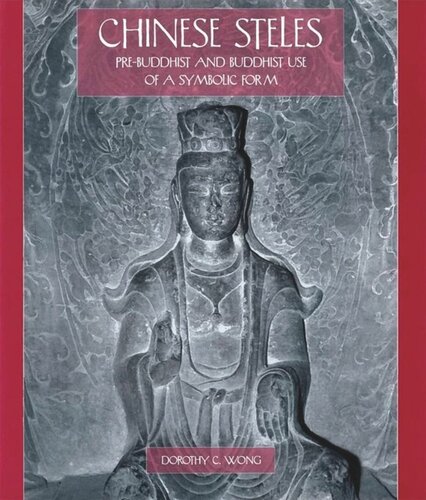

Most ebook files are in PDF format, so you can easily read them using various software such as Foxit Reader or directly on the Google Chrome browser.
Some ebook files are released by publishers in other formats such as .awz, .mobi, .epub, .fb2, etc. You may need to install specific software to read these formats on mobile/PC, such as Calibre.
Please read the tutorial at this link: https://ebookbell.com/faq
We offer FREE conversion to the popular formats you request; however, this may take some time. Therefore, right after payment, please email us, and we will try to provide the service as quickly as possible.
For some exceptional file formats or broken links (if any), please refrain from opening any disputes. Instead, email us first, and we will try to assist within a maximum of 6 hours.
EbookBell Team

5.0
30 reviewsBuddhist steles represent an important subset of early Chinese Buddhist art that flourished during the Northern and Southern Dynasties period (386–581). More than two hundred Chinese Buddhist steles are known to have survived. Their brilliant imagery has long captivated scholars, yet until now the Buddhist stele as a unique art form has received little scholarly attention. Dorothy Wong rectifies that insufficiency by providing in this well-illustrated volume the first comprehensive investigation of this group of Buddhist monuments. She traces the ancient roots of the Chinese stele tradition and investigates the process by which Chinese steles were adapted for Buddhist use. She arranges the known corpus of Buddhist steles into broad chronological and regional groupings and analyzes not only their form and content but also the nexus of complex issues surrounding this art form—from cultural symbolism to the interrelations between religious doctrine and artistic expression, economic production, patronage, and the synthesis of native and foreign art styles. In her analysis of Buddhism’s dialogue with native traditions, Wong demonstrates how the Chinese artistic idiom planted the seeds for major achievements in figural and landscape arts in the ensuing Sui and Tang periods.